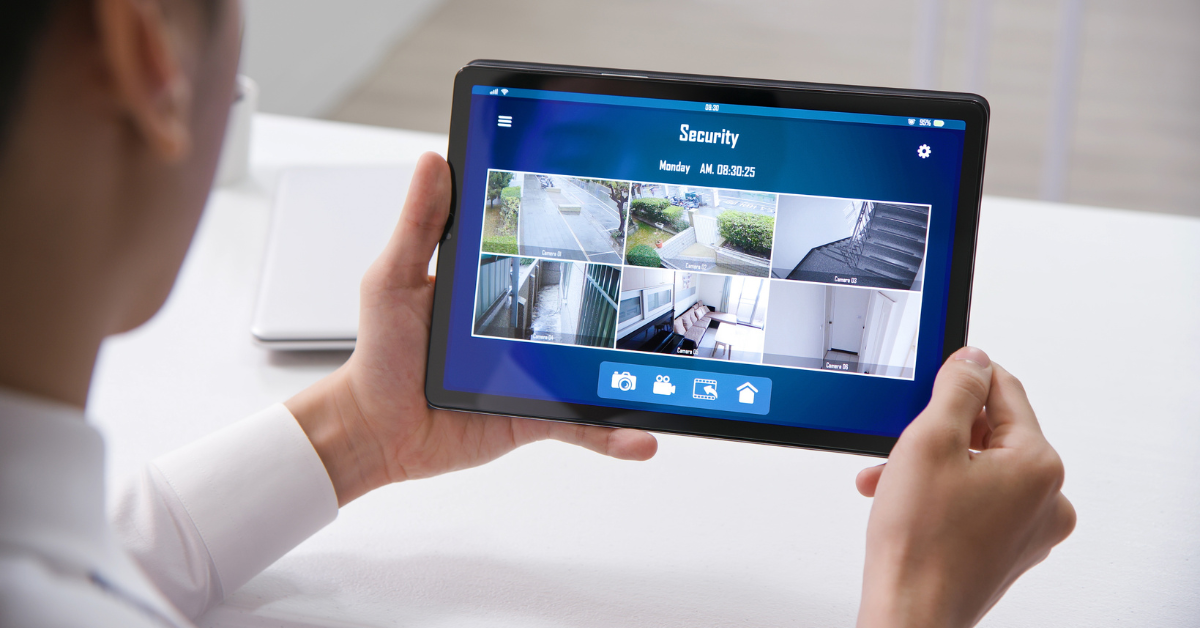How To Sharpen Knife: Sharpening a knife is an essential skill that enhances the performance of your blade and ensures safety in the kitchen. Understanding how to sharpen a knife properly is vital for maintaining its edge and ensuring precise cuts. This blog post delves into the different methods and tools you can use to sharpen your knife, ensuring that it remains in top condition.
Understanding Knife Sharpening
Knife sharpening is the process of refining the edge of a knife to restore its sharpness. This is usually done by grinding the knife against a hard, rough surface, typically stone, or a soft surface with hard particles, like sandpaper.
Tools for Knife Sharpening
The most common tools for knife sharpening are:
- Whetstones: These are the most traditional sharpening tools. A whetstone, also known as a sharpening stone, comes in various grits, from coarse to fine. The grit size of the stone determines how much metal it removes from the knife’s edge.
- Honing Rods: Often mistaken for sharpening tools, honing rods are primarily used to realign the edge of the knife. They’re essential for maintaining a sharp edge but don’t actually remove metal from the blade.
- Electric Sharpeners: These are quick and easy to use. Electric sharpeners often have multiple slots with abrasive wheels that sharpen the knife as you pull it through.
- Manual Sharpeners: These are similar to electric sharpeners but require manual effort to pull the knife through.
Sharpening a Knife with a Whetstone
- Soak the Whetstone: If you’re using a water stone, soak it in water for about 10-15 minutes before use. Oil stones require honing oil instead.
- Set Up Your Work Area: Place the stone on a stable surface. You might want to put a towel underneath to prevent slipping.
- Find the Right Angle: Hold the knife against the stone at an angle of about 15-20 degrees.
- Sharpening the Knife: Glide the knife across the stone in a smooth motion, starting from the heel to the tip. Repeat this motion 5-10 times on one side before switching to the other side.
- Check the Sharpness: Test the knife’s edge on a piece of paper. If it slices through easily, your knife is sharp.
Using a Honing Rod
- Choose the Right Rod: Select a honing rod that’s at least as long as the longest knife you need to sharpen.
- The Right Angle: Hold the rod vertically and swipe the knife down the rod, maintaining a 15-20 degree angle.
- Repeat: Do this 5-10 times on each side of the blade.

Electric and Manual Sharpeners
- Prepare the Sharpener: Place the electric or manual sharpener on a stable surface.
- Sharpening: Gently pull the knife through the slots, starting with the coarse slot and then the fine slot.
- Repeat if Necessary: Usually, a few passes are enough to sharpen the knife.
Tips for Maintaining a Sharp Knife
- Regular Honing: Regularly honing your knife can significantly prolong the time between sharpenings.
- Proper Storage: Store knives in a block or on a magnetic strip to prevent the edges from dulling.
- Use the Right Cutting Surface: Cutting on hard surfaces like glass or stone can dull your knife quickly. Use wood or plastic cutting boards instead.
- Cleaning: Hand wash your knives; dishwashers can damage the blade.
FAQs
Can Sharpening Angle Affect My Knife’s Performance?
Absolutely. The sharpening angle plays a crucial role in the knife’s performance. A smaller angle (around 15 degrees) creates a sharper edge suitable for precision cutting but can be more prone to chipping or dulling faster. A larger angle (around 20-25 degrees) offers a more durable edge, ideal for heavy-duty cutting tasks. The right angle depends on the knife’s intended use and the type of steel it’s made of.
How Do I Identify When My Knife Needs Sharpening?
A knife needs sharpening when it struggles to perform basic tasks, like slicing tomatoes or cutting paper. Another test is the ‘thumbnail test,’ where you gently run the blade across your thumbnail. If the knife doesn’t ‘catch’ or adhere slightly to your nail, it’s likely dull. Finally, visually inspecting the edge under a light can show if there are any nicks or flat spots.
What Are the Differences Between Japanese and Western Knife Sharpening Techniques?
Japanese knife sharpening often involves using a series of whetstones with varying grits for a highly refined edge, typically at a sharper angle (about 10-15 degrees). Western knife sharpening might use fewer stones and a slightly less acute angle (around 20-25 degrees). The technique also varies slightly, with Japanese sharpening using more of a sweeping motion across the stone.
How Can I Maintain the Sharpness of My Knife After Sharpening?
To maintain sharpness, use your knife on appropriate surfaces (like wooden or plastic cutting boards), avoid using it for inappropriate tasks (like opening cans), and store it properly, either in a knife block or on a magnetic strip. Regularly using a honing steel can also help maintain the edge between sharpening.
Is It Worth Investing in High-Quality Sharpening Tools?
Yes, investing in high-quality sharpening tools can make a significant difference. Higher quality stones, for example, offer more consistent grit and a more durable surface, leading to a better edge on your knife. Quality electric sharpeners are designed to remove the guesswork and provide consistent results. While the initial investment is higher, the longevity and performance of these tools can be cost-effective in the long run.
Conclusion
Knife sharpening is a crucial skill for anyone who uses knives regularly. Whether you choose a traditional method like a whetstone or a modern electric sharpener, the key is to maintain the angle and apply consistent pressure. Regular maintenance, including proper storage and honing, can keep your knives sharp and extend their lifespan. Remember, a sharp knife is a safe knife. By keeping your knives sharp, you ensure more precise cuts and a more enjoyable cooking experience.
Also Read: Our Favorite Emergency Whistle





